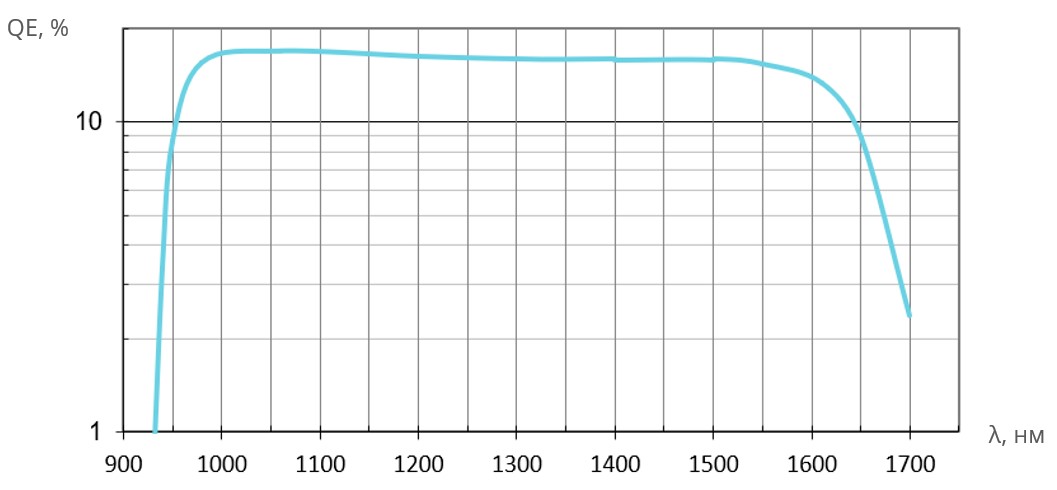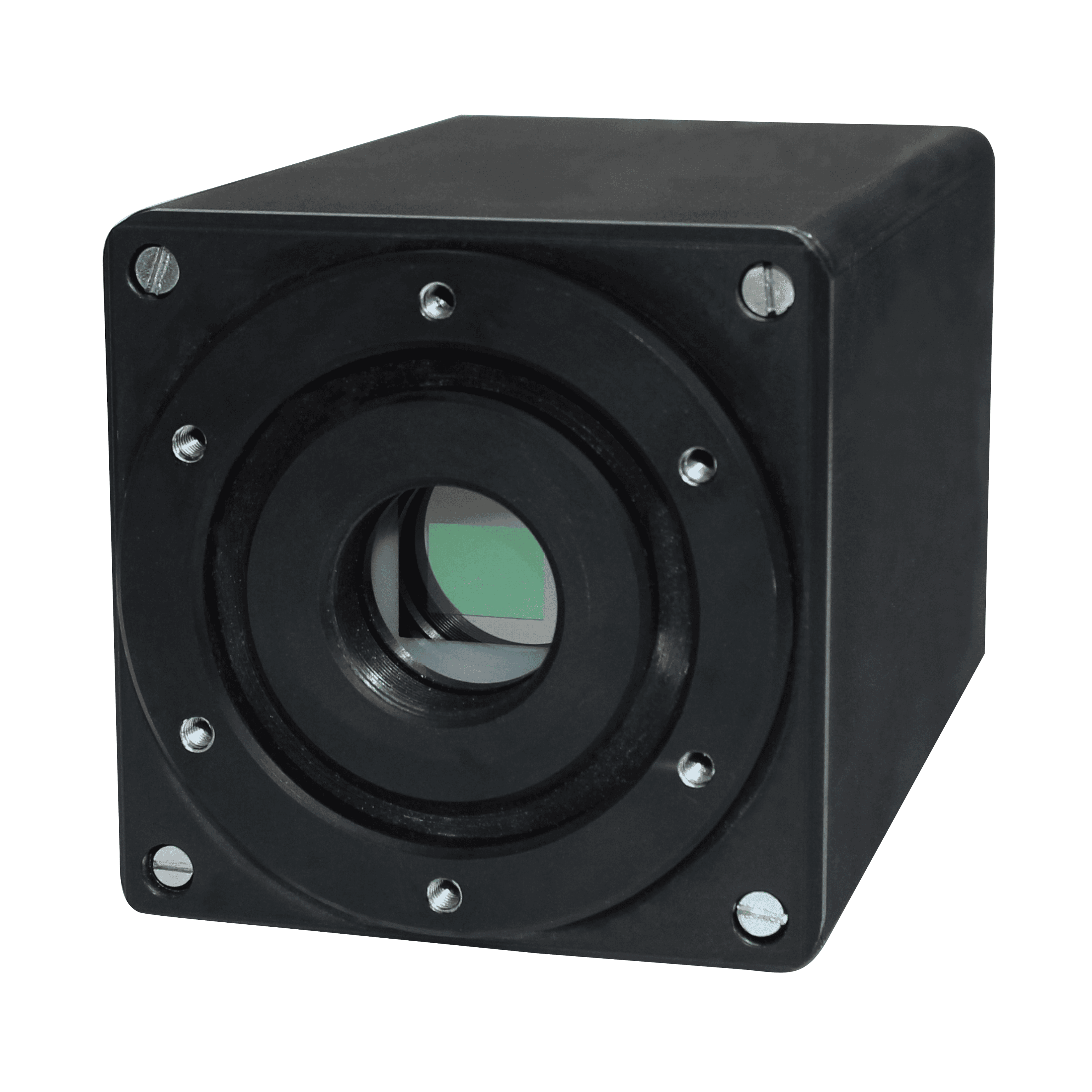The UTC-4 modification (without lens) is a camera operating in the short-wave IR spectral range, which includes power supplies and electronics for signal processing, based on a hybrid television device.
In the hybrid TV device for a short-wave IR range, a photocathode with a pulling electric field (TE-photocathode) based on a InP/InGaAs heterostructure is used, which ensures high sensitivity in the range of 0,95÷1,65 μm. This provides a significant (several times) increase in the range of action possible due to the transition in the spectrum diapason up to 1 μm.
This sensor usage with laser illumination will provide high-resolution image observation, as well as detection and identification of an object at a distance of up to 20 km. It is in 3-3.5 times more than for the best “mid- and far-IR” surveillance systems. There is also the ability to observe objects at a given distance with different observation depths (gated viewing mode).
Application: work in active pulse systems of long-range observation; optoelectronic systems; surveillance of distant objects, especially in conditions of poor visibility (fog, rain, snow, haze, dust) when illuminating the zone of observation with a laser at a wavelength of 1.55 μm or 1.06 μm; surveillance. of fast-moving processes.
Specification
| Spectral range, μm | 0,95 ÷1,65 |
| Threshold irradiance, W/cm2 | ≤ 5∙10-10 |
| Quantum output at λ=1,55 μm, % | 15-25 |
| Dark current, nA/cm2 | ≤ 100 |
| Photocathode voltage, kV | ≤ 2 |
| Signal gain at 2 kV | 200 |
| High voltage strobe width, ns | ≥ 100 |
| Strobe rise/fall time, ns | 50 |
| Electron-sensitive CCD pixel number | 768×580 (290) |
| Sensitive area size, mm | 13,1×9,8 |
| Pixel size, μm | 17×34 |
Spectral dependence of the quantum yield


